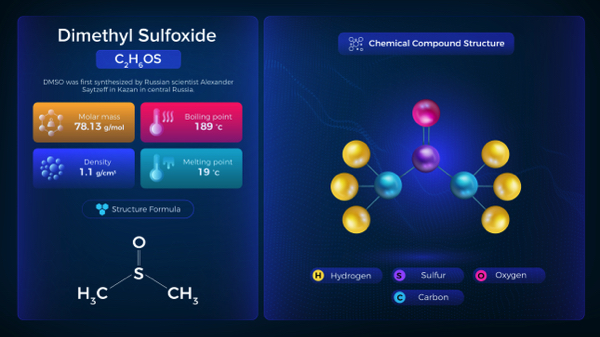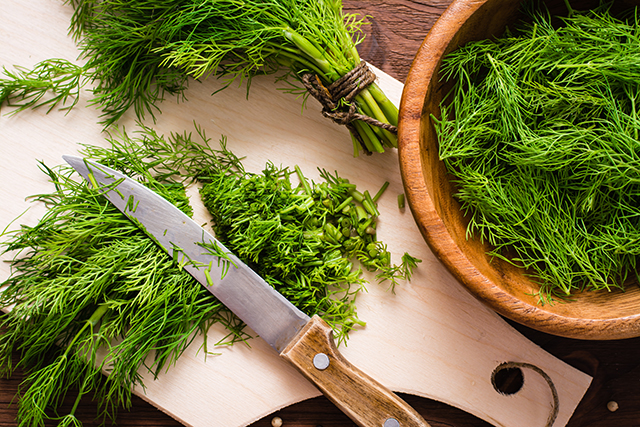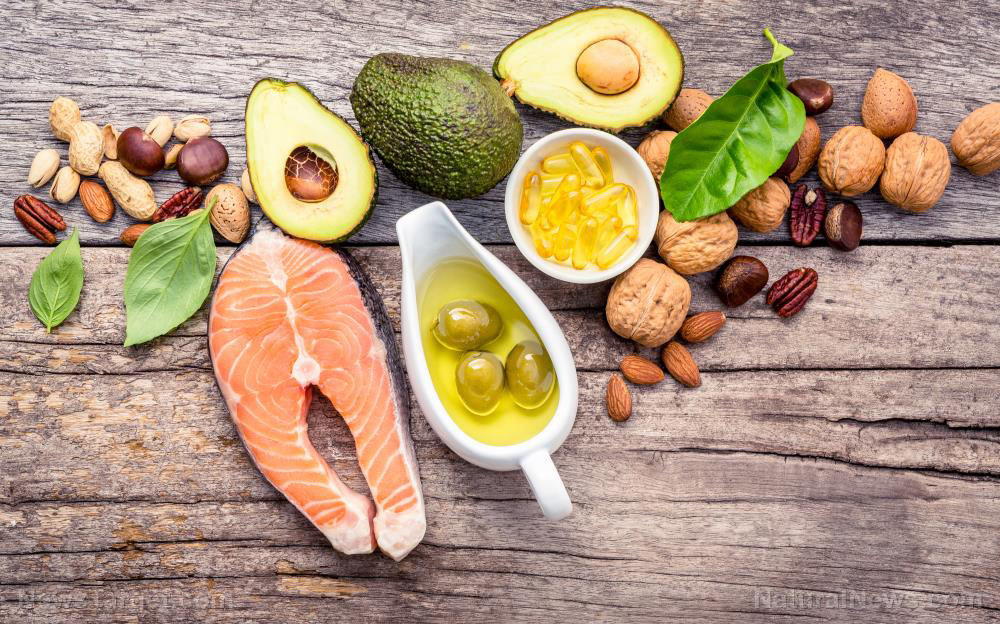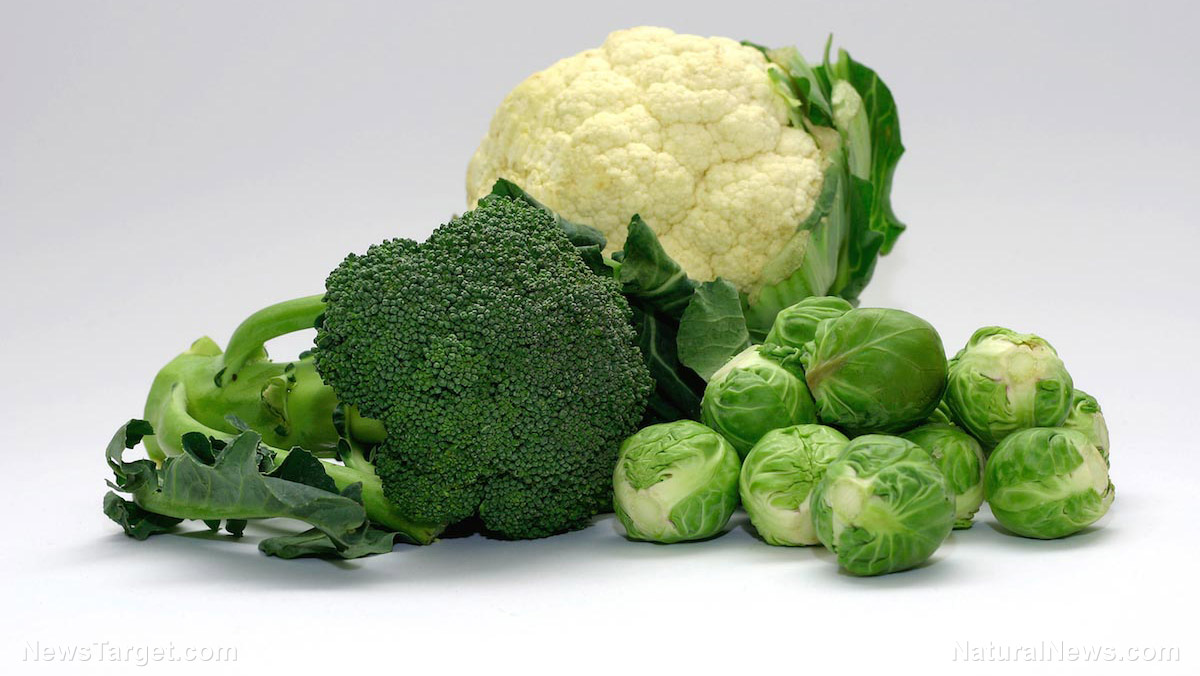Patrick Quillin's "Beating Cancer with Nutrition" explains the crucial role of nutrition in cancer treatment
- Patrick Quillin's book emphasizes the critical role of nutrition in cancer treatment, advocating for a 20-day plan that combines scientific research with practical advice to enhance the outcomes of medically treated cancer patients.
- Quillin argues that no single nutrient is a "magic bullet" against cancer. Instead, he highlights the importance of a harmonious combination of vitamins, minerals and other nutrients, using the analogy of a symphony orchestra to illustrate the power of a holistic approach.
- On Day 4, Quillin introduces the concept of reducing sugar intake and avoiding high-glycemic foods to "starve" cancer cells, which thrive on glucose. He also recommends an exercise regimen to lower blood glucose levels, supported by emerging research on the impact of dietary changes on cancer progression.
- Quillin underscores the alarming statistic that over 40 percent of cancer patients succumb to malnutrition rather than the disease itself. He stresses the importance of a diet rich in protein, colorful vegetables and healthy fats, supplemented with essential nutrients, to bolster the immune system and improve treatment outcomes.
- Beyond nutrition, Quillin emphasizes detoxification, stress management and addressing the root causes of cancer. He views cancer as a wake-up call for lifestyle changes and encourages patients to seek support from loved ones, support groups or healthcare professionals, promoting a journey to recovery that nurtures the mind, body and spirit.
In a world where cancer affects millions, a beacon of hope emerges from the pages of Patrick Quillin's seminal work, "
Beating Cancer with Nutrition." Published at a time when medical advancements are rapidly evolving, this book offers a compelling perspective on the critical role of nutrition in cancer treatment. With cancer rates soaring and patients seeking comprehensive approaches to healing, Quillin's insights are both timely and revolutionary. The book, co-authored with Noreen Quillin, provides a 20-day plan that merges scientific research with practical advice, aiming to enhance the outcomes of medically treated cancer patients through optimal nutrition. This approach is not just about surviving; it's about thriving.
Patrick Quillin, a renowned nutritionist with a PhD, RD and CNS, argues that the key to combating cancer lies in the synergistic power of nutrients. On Day 3 of his 20-day plan, he emphasizes that no single nutrient acts as a "magic bullet." Instead, it's the harmonious combination of vitamins, minerals and other nutrients that creates a powerful defense against cancer. Quillin uses the analogy of a symphony orchestra, where each instrument plays a vital role and together, they produce a masterpiece. This concept challenges the conventional wisdom of relying on isolated supplements and encourages a more holistic approach to nutrition.
One of the most intriguing strategies Quillin proposes is "starving the cancer." On Day 4, he explains that cancer cells are particularly fond of glucose, thriving on sugar to fuel their growth. By reducing sugar intake and avoiding high-glycemic foods, patients can effectively cut off the fuel supply to cancer cells. Quillin advocates for an exercise regimen to further lower blood glucose levels, creating an environment where cancer cells struggle to survive. This approach is supported by emerging research, which suggests that
dietary changes can significantly impact cancer progression.
Quillin also highlights the critical issue of malnutrition, a prevalent concern among cancer patients. On Day 5, he points out that over 40 percent of cancer patients succumb to malnutrition rather than the disease itself. This alarming statistic underscores the importance of a well-nourished immune system. Quillin recommends a diet rich in protein, colorful vegetables and healthy fats, supplemented with essential nutrients to bolster the body's natural defenses. His emphasis on nutrition as a cornerstone of cancer care is supported by numerous studies linking malnutrition to poor treatment outcomes and reduced survival rates.
While nutrition is central to Quillin's plan, he also emphasizes the importance of detoxification, stress management and addressing
the root causes of cancer. He views cancer as a wake-up call, urging patients to reassess their lifestyles and make positive changes. This holistic approach recognizes that healing is not just about treating the disease but also about nurturing the mind, body and spirit. Quillin encourages patients to find support through loved ones, support groups or healthcare professionals, emphasizing that the journey to recovery is not one to take alone.
The book is filled with testimonials and success stories from patients who have embraced Quillin's nutritional strategies. These accounts provide tangible evidence of the power of nutrition in cancer care. One patient, who wished to remain anonymous, stated, "Following Quillin's plan was a game-changer for me. It gave me a sense of control and hope during a time when I felt helpless." Such stories resonate with readers, offering inspiration and a sense of possibility.
"Beating Cancer with Nutrition" empowers patients to take an active role in their healing process, providing them with the tools and knowledge to make informed decisions. Nutrition is a powerful ally in the fight against cancer. By adopting a holistic approach that combines optimal nutrition with medical treatment, patients can enhance their chances of recovery and improve their quality of life. (Related:
“World Without Cancer”: A deep dive into the world of alternative cancer treatments.)
For those facing the daunting
challenge of surviving cancer, Quillin's book offers a roadmap to hope and healing. It is a testament to the resilience of the human spirit and a reminder that, even in the face of adversity, there is always hope. As Quillin himself says, "You are not alone and there is always hope."
Learn more about
beating cancer with nutrition by watching the video below.
This video is from the
BrightLearn channel on Brighteon.com.
Sources include:
Brighteon.ai
Brighteon.com









